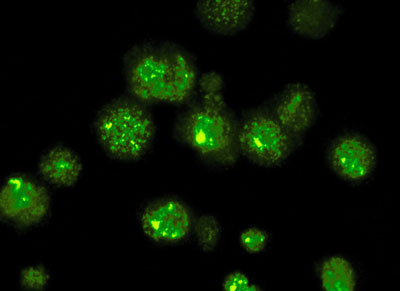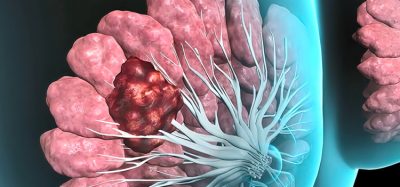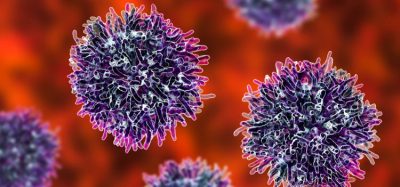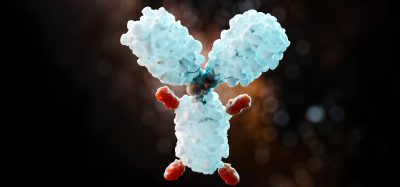Researchers describe new molecular markers for high-risk neuroblastoma
Posted: 16 October 2015 | Victoria White
Researchers have identified previously unknown genomic alterations leading to up-regulation of the telomerase reverse transcriptase gene (TERT). Overexpression of TERT is often associated with cancers and tumour formation…


Researchers from the University of Cologne and NEO New Oncology have published findings of an extensive genomic analysis of neuroblastoma.
In the most aggressive forms of this tumour, the researchers identified previously unknown genomic alterations leading to up-regulation of the telomerase reverse transcriptase gene (TERT). Overexpression of TERT is often associated with cancers and tumour formation. These findings may help to improve tumour diagnostics and prognosis, and may also lead to the development of novel therapeutic options for the most aggressive subgroup of this deadly paediatric disease.
In neuroblastoma, half of the tumours either regress spontaneously or can be cured by limited therapy, while the other half is high-risk neuroblastoma, a tumour with a very unfavourable prognosis and resistance even to intensive treatment.
So far, only a limited number of molecular markers that define high-risk neuroblastoma at a genomic level have been described, among them amplifications of the MYCN oncogene and mutations of the transcriptional regulator ATRX. By genomically analyzing more than 200 tumour samples, the authors of the study discovered genomic rearrangements close to the telomerase reverse transcriptase gene (TERT) that occur in approximately one quarter of high-risk neuroblastoma patients and clinically correlate with a particularly poor outcome. Both MYCN amplification and TERT rearrangements massively increased expression of TERT as well as enzymatic telomerase activity. Additionally, it was shown that high-risk tumours, even without any genomic alterations in MYCN or TERT, were prone to exhibiting a lengthening of telomeres.
Neuroblastoma discovery provides “unprecedented opportunity”
Taken together, these findings suggest that most high-risk neuroblastomas are affected by either TERT rearrangements, MYCN amplification, or ATRX mutations, all of which lead to telomere lengthening, thereby providing a molecular, mechanistic definition of this neuroblastoma subtype. By contrast, low-risk tumours are characterised by the absence of such alterations and by low TERT expression levels, which presumably renders the tumours unable to attain immortal proliferation.
“The finding that telomere lengthening is the basic principle of high-risk neuroblastoma fundamentally advances our understanding of the molecular pathogenesis of this paediatric malignancy. Our discovery provides an unprecedented opportunity to improve diagnostics and treatment of children suffering from this deadly cancer,” said Professor Matthias Fischer, Department of Paediatric Oncology, University Children‘s Hospital Cologne.
Related topics
Oncology
Related organisations
Cancer Research, Cologne University







